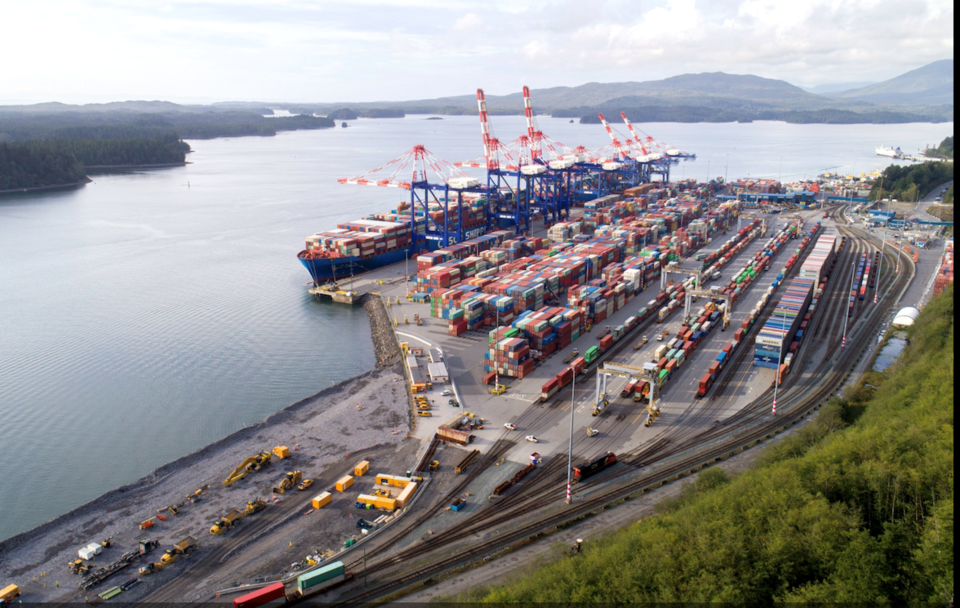The Prince Rupert Port Authority and DP World have started a two-year feasibility study on adding a second container terminal at what is already the third-largest container port in Canada.
The potential project would add up to two million twenty-foot equivalent units (TEUs) of annual capacity to the Port of Prince Rupert, significantly increasing Canadian trade capacity with Asia-Pacific markets.
The proposed terminal represents the continued advancement of the Prince Rupert Port Authority’s container terminal master plan done in 2019, which outlined the potential for an additional container terminal, south of the existing Fairview Terminal.
“This agreement is a clear demonstration of our commitment and confidence in the viability of a second terminal at the Port of Prince Rupert,” said Maksim Mihic, CEO and general manager of DP World (Canada) Inc. “Our vision for this proposed project will ensure the Canadian trade and supply chain landscapes are future-proofed. The feasibility studies will employ a pragmatic approach, exploring the use of advanced technologies and ideas to position the new terminal as an industry leader within Canada and the world.”
“As Canada’s third-largest Port, Prince Rupert is a proven driver of sustainable economic development in northern British Columbia and has been fortunate to earn the support of communities throughout the corridor,” said Shaun Stevenson, president and CEO of the Prince Rupert Port Authority in a statement. “A second container terminal will help consumers, exporters and industries across the country while continuing to contribute significant economic benefit for local communities, the broader region and our Indigenous partners.”
The project’s development will maximize the value of strategic Prince Rupert attributes such as the shortest marine link to key Asian markets, uncongested marine approaches and harbour, available industrial land with room to expand critical logistics, transloading and warehousing activities and North American access via Canadian National’s Class 1 northern rail line, Stevenson added.
Once the study period is complete, both partners will finalize a development plan that will be subject to regulatory review and authorization.“The partners are committed to incorporating Indigenous knowledge, feedback and economic interested into its planning and development process,” according to the Port Authority.



